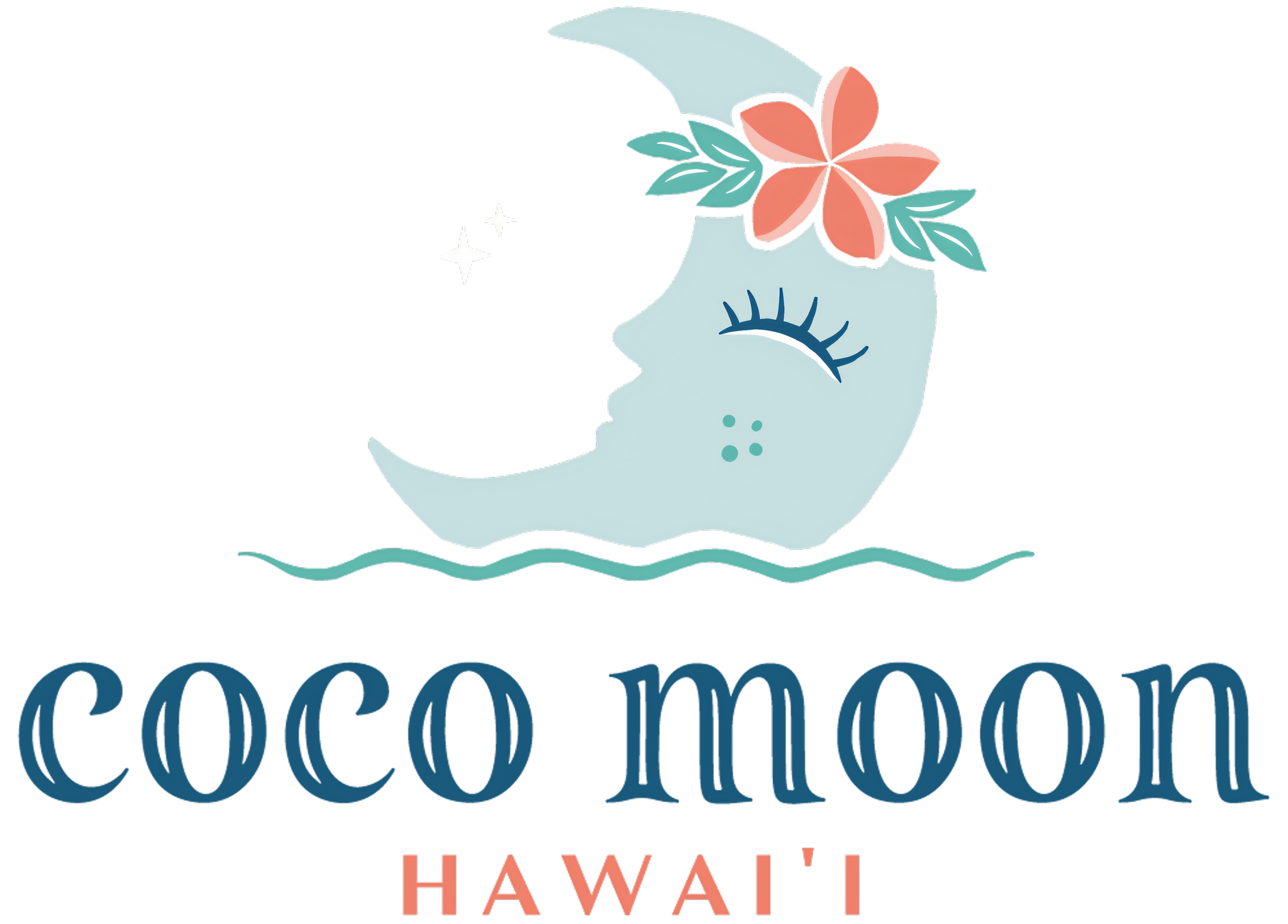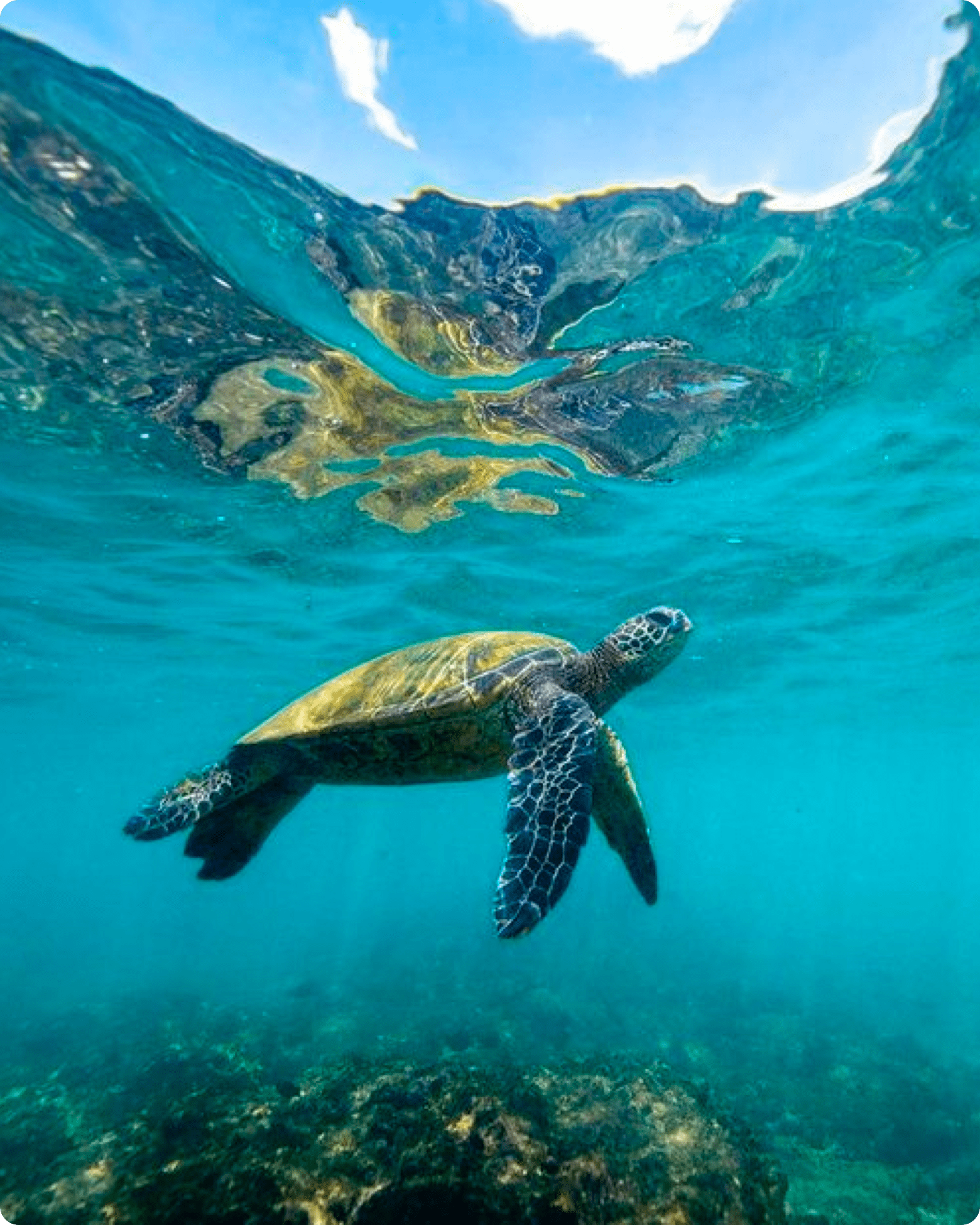Native Hawaiian Plant month was established in early 2020, in order to encourage and support the importance of the work being done to protect native plant species. There are 1,400 Native Hawaiian Plant species today! Yet Hawai’i is known as the “extinction capital of the world”, because out of that 1,400, 90% are endemic (only exist in Hawai’i), and more than 200 of them have 50 or fewer plants remaining.
Native plants are those that existed on the ‘āina before humans arrived. There are two different types of Native plants, endemic and indigenous. Endemic plants are those that only exist in Hawai’i, and will not be found anywhere else in the world. The indigenous plants exist in Hawai’i, but can also be found in other parts of the world.

According to an article by Kamehameha schools, “The loss of native plants over generations has disrupted entire ecosystems in our islands, affecting a web of interconnected species of flora and fauna”. Considering that much of the land has non-native plants, and even invasive species in many areas, raising awareness about Native Hawaiian Plant Month and highlighting the work that is being done, and the work that still needs to happen, is essential to protecting native species and the health of the islands.
Kamehameha Butterfly and Māmaki Plant
In honor of Native Hawaiian Plant month and raising awareness about the importance of protecting and preserving native species, we are releasing “Pulelehua” (butterfly), that features the Kamehameha butterfly, which is also the Hawai’i state insect and one of two butterfly species that are native to Hawai’i.
Unfortunately, the population of the Kamehameha butterfly is on decline. When the butterfly is in it’s caterpillar stage, it’s very picky about what it can consume and the host plant it will live on, and due to the fact many of it’s preferred native plant species are being planted less and less, and predators are becoming more common, ensuring the Kamehameha butterfly can reach the butterfly stage is only becoming harder.

This is why those living on Hawai’i are encouraged to plant more species that are native to Hawai’i, including the Māmaki leaf, which is the Kamehameha butterfly’s most common host plant (and also featured on this print!). The Māmaki leaf is significant to Hawai’i in multiple ways, some of which is that it is often made into a tea and used as a medicine for many different ailments. Preserving the Māmaki leaf will in turn help encourage the population increase of the Kamehameha butterfly. The Native Hawaiian plant species are part of a delicate ecosystem, and it’s important we continue to strive to protect and preserve as many native species as we can.
How to to tell if you’ve found a Kamehameha Butterfly (a rare occurrence)
You can tell that you've spotted a Kamehameha butterfly by the number of white (female) or light orange (male) spots in the top corner of the black area of the upper wing. The Kamehameha butterfly will have three distinct spots, while other, similar looking butterflies will have more white spots. When its wings are closed, you can notice it by a longer pale patch or multiple pale patches on the underside of the hindwing.
Often mistaken for a monarch butterfly, it is easy to tell the difference once you know! The monarch will have many more white spots on the top of its wings, and also tends to be much bigger than a Kamehameha butterfly. Its hindwing also has strong black bands against a light orange surface.

We hope you enjoyed learning a bit about Native Hawaiian Plant Month! Be sure to let us know if you're ever lucky enough to spot a Kamehameha Butterfly out in the wild!









